The Joy of Cooking
March 20, 2018
I am in Carmel, California working on a book that’s in part about the romance of cooking. I don’t mean the romance of food. I mean of cooking.
I began learning how to cook at approximately the same time as my mother began learning how to cook. My mother hadn’t learn it as a child because my grandmother whom I adored never cooked. She didn’t have to. She employed a cook who might have taught my mother but that woman, a fixture in my family’s life, didn’t want to.
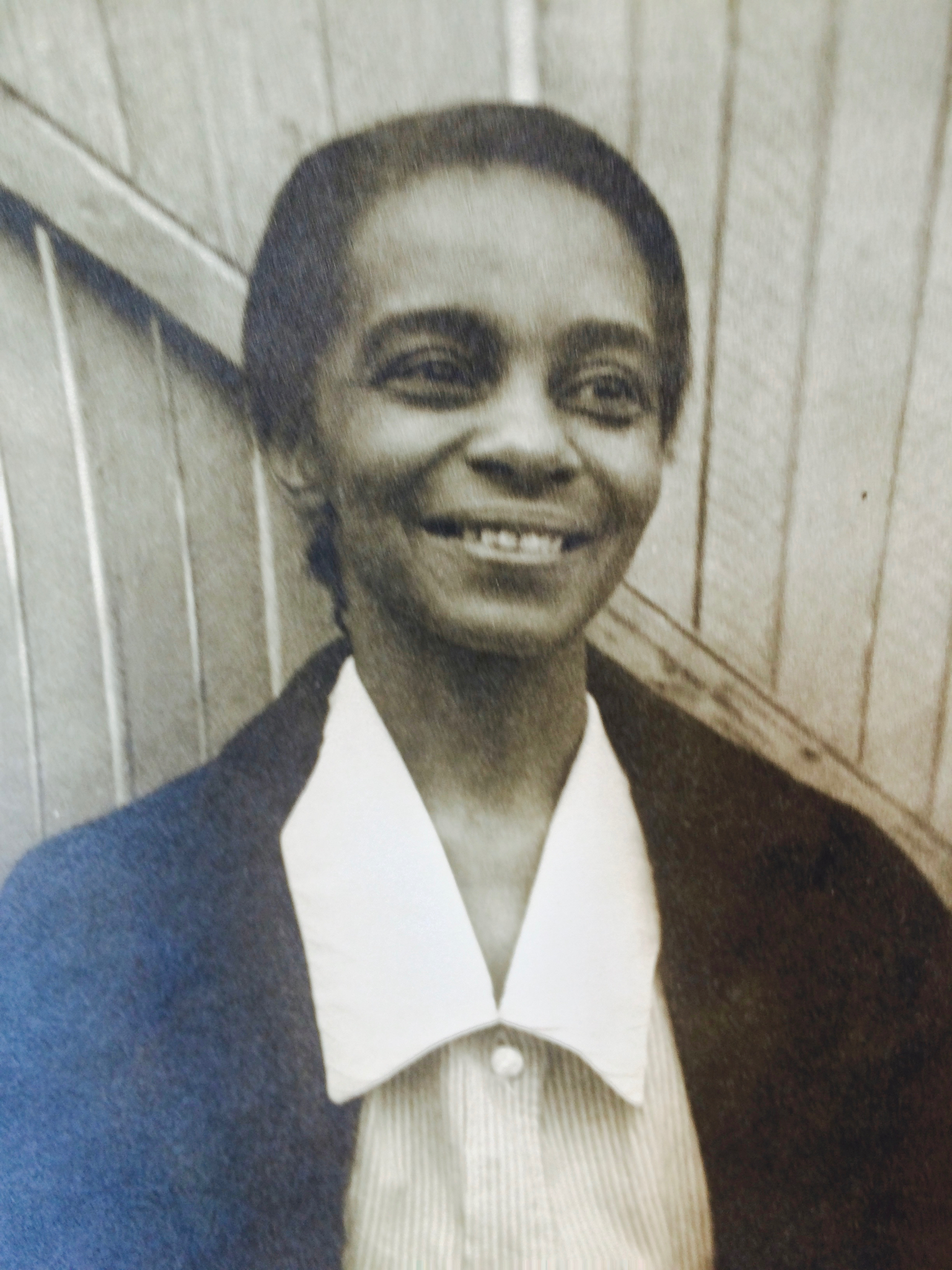
I don’t know how my mother would have acquired cooking skills if we had continued living in Baltimore, her birthplace and her mother’s and her grandmother’s, etc. But my father, then in the Public Health Service, was assigned in 1942 to Key West and then to the Florida Panhandle and therefore we all, my mother along with my two siblings and me, moved to Florida.

She, at the age of 32 made cooking progress faster than I did at the age of four but she had advantages: she had to feed a family and she could read the one cookbook she had – The Settlement Cookbook which was the most important one at that time for Jewish home cooks.
I didn’t do much cooking at the age of four but it started to become more or less a part of my life 10 or 12 years after that. In fact in a sense that’s what I am writing a book about. As I am doing practically nothing in Carmel other than writing about food, it seems even more jarring than usual for me to read about cooking in newspapers:
“Quick and easy recipes to try this weekend”
“Cooking polenta is easier than you think.”
“Thirty minute spaghetti and meatballs.”
Those reassurances appear in many articles about food: Only four ingredients are required. Only ten minutes of actual work.
And then they go to the opposite extreme and run articles about knife skills and how to poke meat to gauge its doneness, how to buy just the right pots and pans and immersion blenders, and smoke your own fish, and do sous vide at home – all of which reinforces the impression many people have: That cooking requires lots of expensive equipment and lots of skill.
I am told as you are that many, perhaps most of the people who watch cooking shows on television don’t cook. They watch those shows because they enjoy seeing other people cook or because they like competitions.
But I doubt that most people who read the food pages of newspapers do so just for their amusement. So why is the underlying assumption in newspaper food pages that people who read about cooking don’t know anything it? I suspect they do. I suspect that they love food and want to learn more about preparing it. For them ease of it may not be the most important matter.
I wish we could get beyond the theme that cooking is hard and not worth a lot of your time; therefore we have this quick and easy recipe for you.
It is true that some cooking these days exceeds the interest of most people. Few of us want to make our own spice mixtures and powders. Few of us want to buy sous vide circulators. Cooking from The French Laundry Cookbook is purely a labor of love and for serious hobbyists, not for people who want simply to make good food from good ingredients.
It never occurred to me as a young person that cooking was hard or that is wasn’t worth my time. For me it was simply inevitable.
My generation learned to cook as we grew up. In my boyhood I fixed foods after school for myself and sometimes for a hungry sibling too. As young people we cooked from The Joy of Cooking and then from Julia Child’s first volume of Mastering the Art of French Cooking.
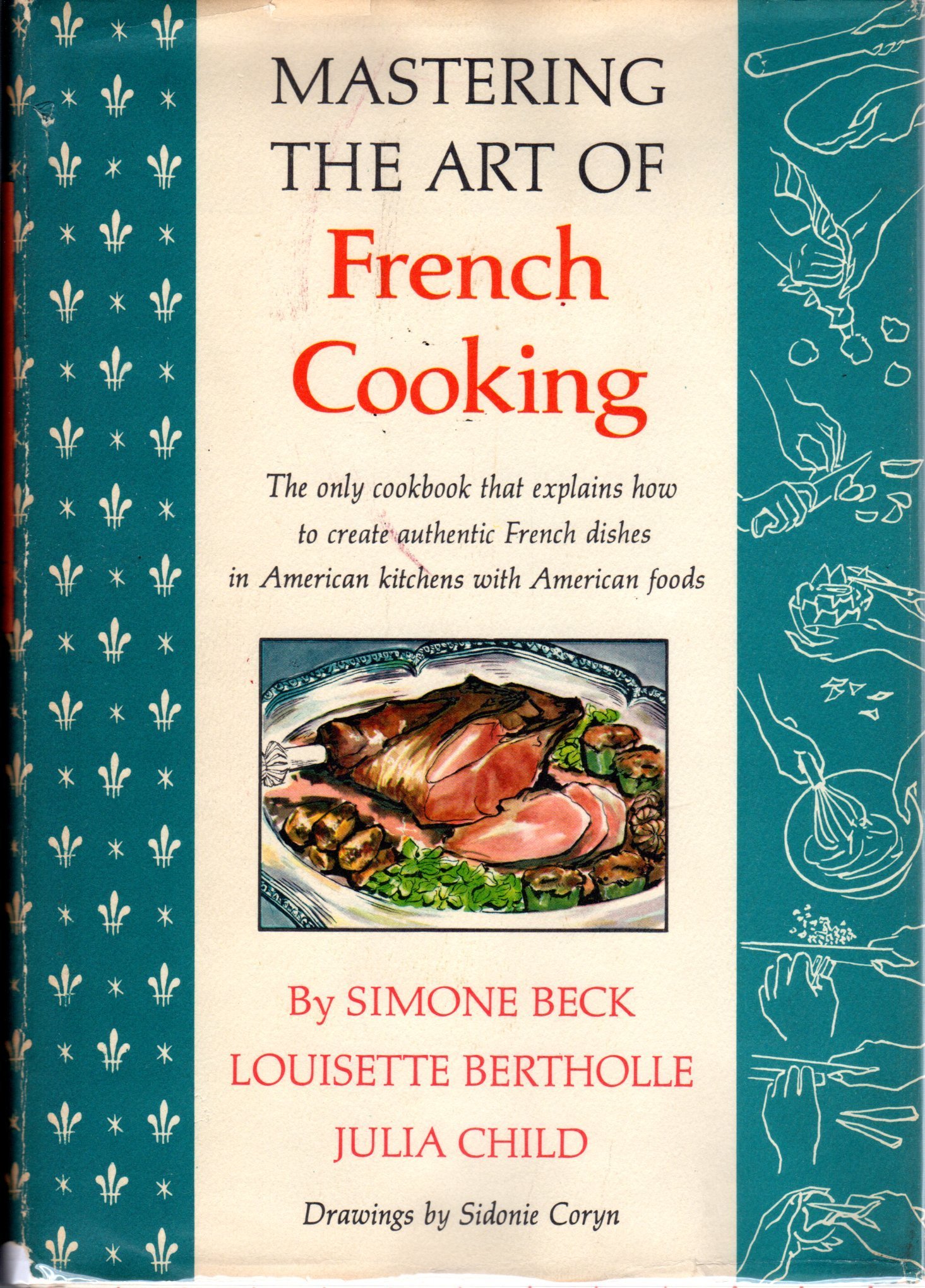
That became a bit of a bible for nearly everyone I knew and it was followed by the comprehensive American Cookery by James Beard. My aunt gave that to me when it was first published and every time I consult it I think of her.
Right now, in Carmel I engage in four activities, writing about food, Pilates, reading food literature, and feeding my weight reduction diet.
When I arrived in Carmel three weeks ago, I bought dried pinto beans and chickpeas, canned tomatoes, V-8, and olive oil. The next day I went to the Monterey College farmers’ market (I found it on the Internet) and bought there some chicken backs and tons of vegetables. I used the chicken with vegetable scraps (parsley stems, asparagus and scallion ends, mushroom stems, and two carrots and an onion that weren’t scrap) to make a chicken stock.
And that has been one of the bases of my cooking here.
I have bought other foods of course: Fish from a really good market I stumbled on, avocados, root vegetables, mushrooms and artichokes from the Ferry Plaza Market in San Francisco. as well as Richutti chocolates with which I reward myself after dinner each evening for my unwanted abstemiousness.
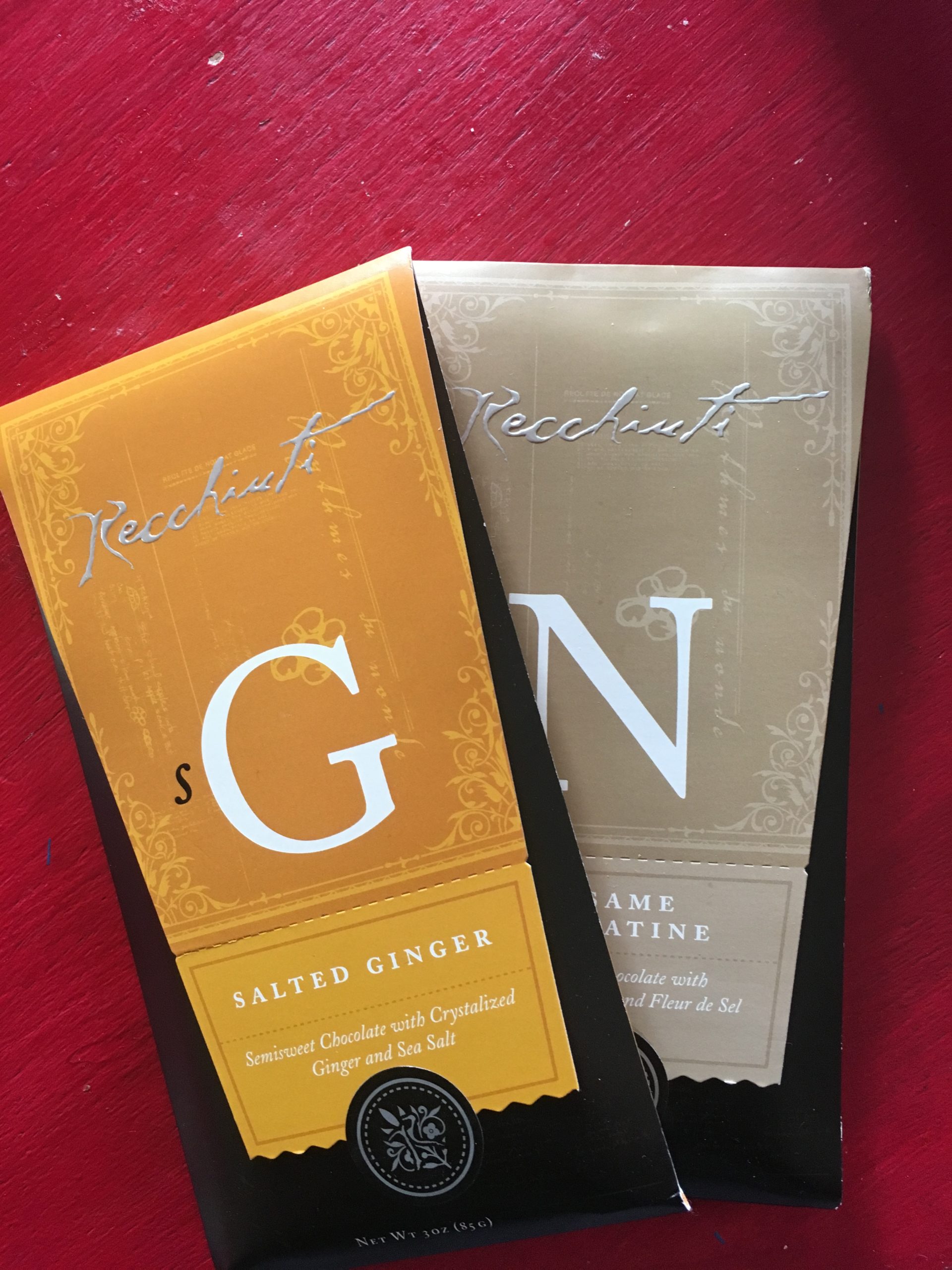
All sorts of fruits grow here, of course, including the best strawberries I have even eaten. Lemons and grapefruits grow on trees outside my door and that reminds me once again how different California is from the real world. But although all this fruit is wonderful for snacking, it’s my food preparation here that makes those newspaper attitudes so jarring to me.
I made a vegetable stock in addition to the chicken one. I cooked in a little bit of olive oil vegetables and scraps that I then dumped into a pot, added water and salt, and simmered. I use this broth for cooking artichokes and poaching asparagus. It perpetuates itself as the vegetables I poach in it give it even more flavor.
I have added to it a couple of lemon rinds and more scrapes and I thin it with additional water sometimes. I use it as a soup base too and added a bit of it to a sauce I made from red bell peppers, canned tomatoes, onions, garlic, anchovies that I use to top fish I cook in a frying pan.
I keep the broth in the refrigerator.
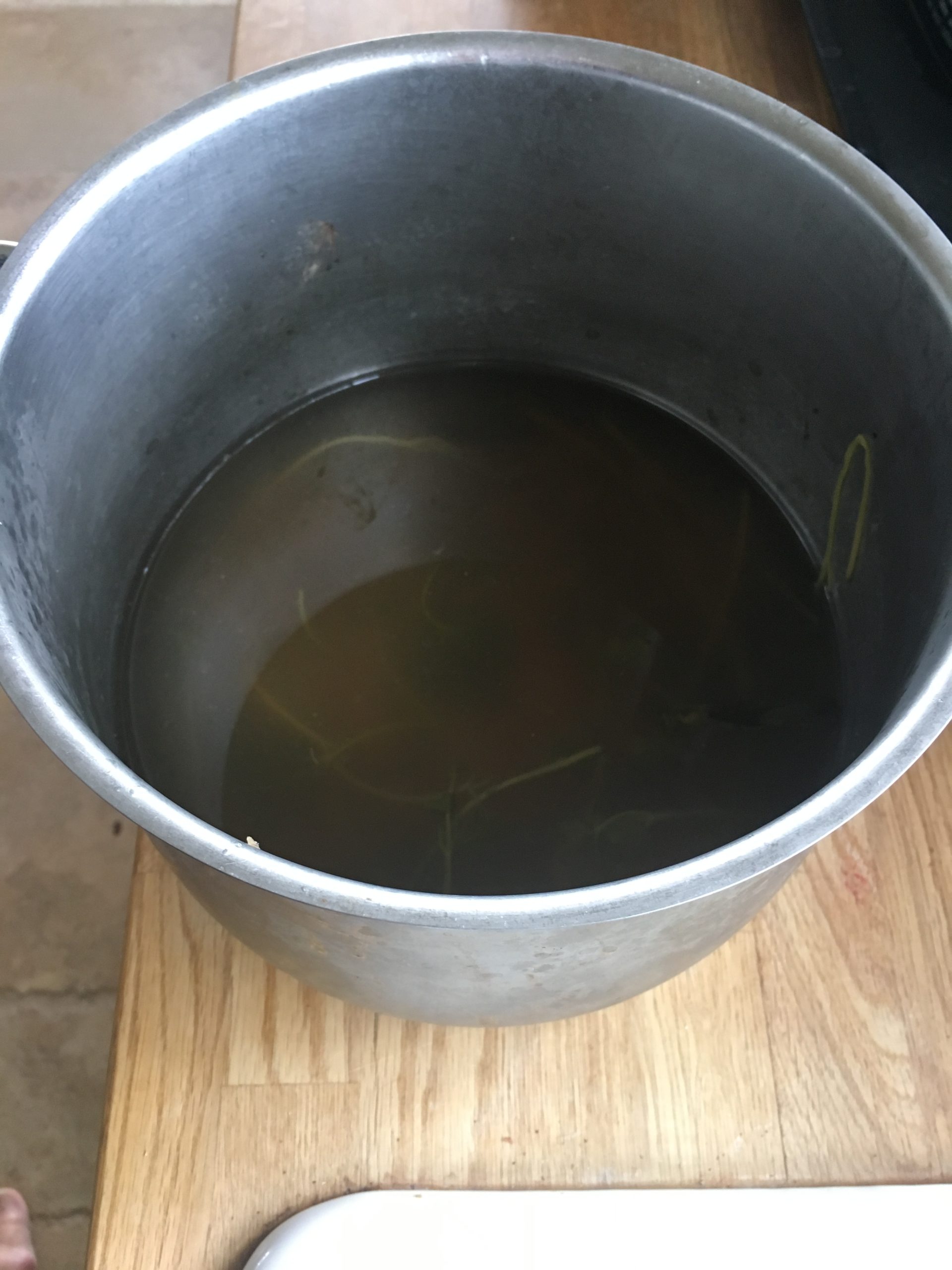
I made a second sauce in the blender I found in the kitchen of this two room cottage. Anchovies, avocados, lemon juice, toasted walnuts, olive oil, a lot of garlic, and the leaves of a whole large bunch of flat leaf parsley made a parsley pesto that is wonderful with my artichokes and asparagus and good to add to winter greens I simmer with a bit of the vegetable stock.
I only have a few more days here and on Sunday I bought some small grape tomatoes grown in Mexico, violating my principle that tomatoes should be eaten only in season (our season). These I dehydrated in a small toaster oven to concentrate their flavor.
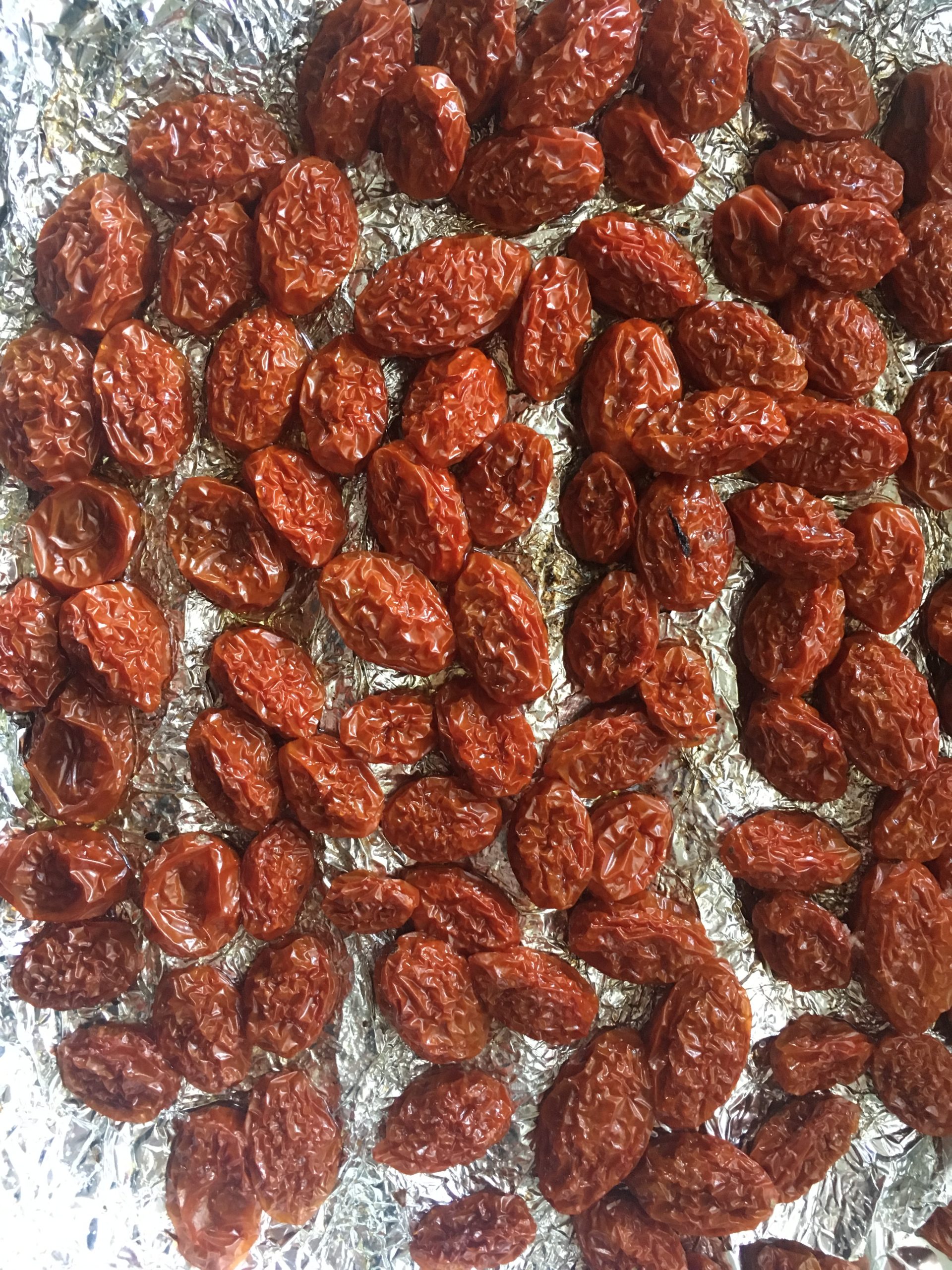 It’s all so easy. Sometimes I have to correct foods I make by adding more garlic or by thinning with V-8 or by thickening with a little tomato paste. But there are very few rules.
It’s all so easy. Sometimes I have to correct foods I make by adding more garlic or by thinning with V-8 or by thickening with a little tomato paste. But there are very few rules.
For example: I could use raw vegetables when I make stocks but I know that cooking them first (either roasting in the oven or simmering in a little oil on the stove) makes the soups more flavorful.
Toasting nuts before eating them or using them as an ingredient increases their flavor.
Raw garlic and raw onions both which I love can be too sharp; so I marinate them in lemon juice or vinegar before I use them raw as a garnish.
But really even if I don’t do those things, everything works. It doesn’t matter if an onion is chopped finely or coarsely. I can add lemon or orange juice to a sauce or not. I can top any food with toasted nuts, or not. I can combine small pieces of cooked cauliflower to any other vegetables. I can use my little semi-dried tomatoes as a garnish for whatever I make.
It’s so easy and relaxing and I remember that my mother used cooking as a way of getting away from her (by that time) six children and being by herself. I am entirely by myself here and cooking is for me a way to get out of my head.
But I have to stop. I went to the farmers’ market last Friday but bought nothing other than farm eggs, artichokes, and strawberries. It was hard for me to limit myself but on Saturday much of the food I might try to take on the flight back to Washington would end up in the hands and perhaps stomachs of TSA agents whom I don’t care to feed.
The theme that runs though the classic cooking literature I am rereading here – M.K.F Fisher, Paula Peck, Laurie Colwin – is that cooking food is itself nourishing. It is rewarding in visceral ways to think about ingredients and flavors and particularly to make do with what’s available and in season.
Moreover the activity of cooking, joyful and engaging, ends with the pleasure of eating either with friends or family or the pleasure of solitary dining which is for me very peaceful.
There is no form of creativity that is easier than cooking. And there is no form of creativity whose failure is less important than cooking. That’s why I find it hard to understand when people say cooking is too difficult, too time-consuming, too fraught. For me it is easy creativity. Failure is unlikely and, in any case, unimportant.
Hi Mark, A pleasure to read, and to picture. All best, Judy Weinraub
Hi Mark, what a lovely place to think about and play with food, not a bad place to luxuriate in north west coast scenery either. We visited the farmers market in Carmel when we were there, alas our hotel room did not have a kitchen so we had to make do with the local restaurants.
Peter
I also consider cooking creative but in a different way. How can I get this recipe down to one pot from three? What can I rearrange it to make it less salt-heavy? How can I change it to bring it closer to my mom’s ideal recipe for camp stew?
Fail? I never fail. I get closer to my ideal, or perhaps not. But there is always trying, striving, with an art form that entwines daily life, the life of the mind, and the life of memories that only grow more vivid as we age.
I love this for two reasons. It is so interesting and useful, both. I never thought about how one could dry tomatoes in a toaster oven. You give the reader new reasons to play with their food in a creative way. .
Mark, were you French in another life? bisous and miss you. Lyne et Dan
Would like to join your mailing list
enjoyed the post. regarding kitchen neophytes, perhaps they are scared away b/c the finished product does not look like the picture. it is rare that one finds a recipe that discusses in minute detail all the elements for a successful dish. ex: does the recipe for making a French omelet say that one should use a non-stick surface pan for the most optimum result? or that when making …… a cast iron skillet or earthenware baking dish would give you a more ‘authentic’ result? or that when freezing pure’es for gratine’e do not use plastic; instead use ….. because…..i have been cooking for years and am still learning tricks of the trade…either by accident, or stumbling upon them on the internet when comparing recipes and how-to instructions.
The Settlement Cookbook, The Joy of Cooking, Julia Childs – in that order what memories you brought back. Do you still have The Settlement Cookbook? I looked at my mom’s copy before leaving to return home; it was my last trip to her home in Florida before moving her to be near me. I should have taken it or asked my sister to save it for me, but with small children and a full time job, I wasn’t thinking of cooking or looking at recipes. At times when near a used bookstore I check for it, but not found one. Do you happen to still have the Settlement Cookbook? If so would would you allow me a peek at your convenience in return or even if you say no – what I believe is my mom’s and grandmother’s pie recipe – though it may be from The Settlement Cookbook initially – doctored or not??? it is all a mystery I have not been able to solve – and didn’t think of solving when the seven sisters were still alive.
Jo-Ann Neuhaus
202.626.0011